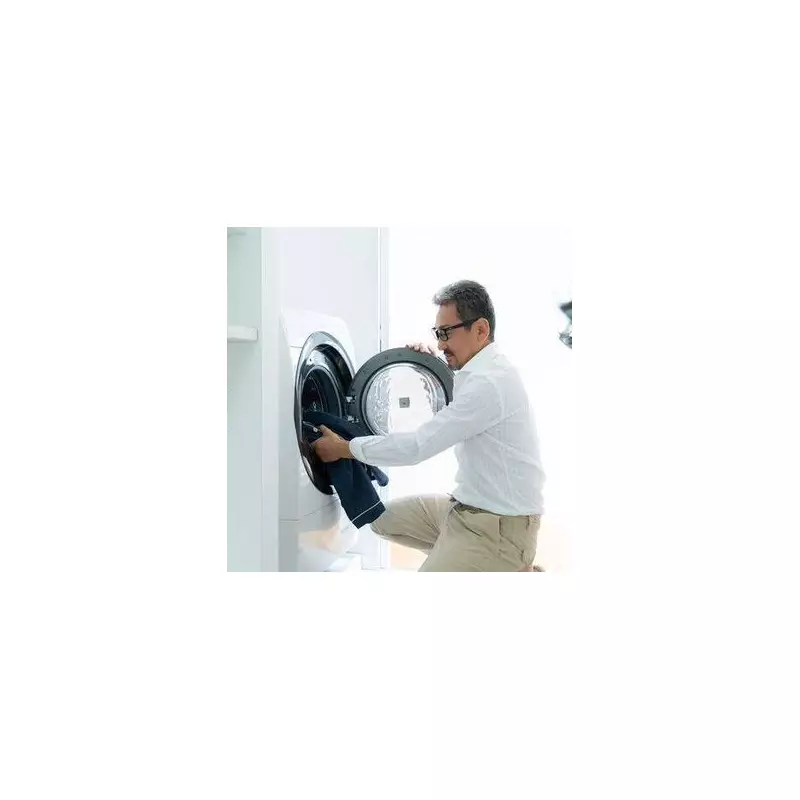
With winter approaching and energy costs remaining high, families across the UK are searching for effective ways to reduce their household expenditure. One of the most significant contributors to a home's energy consumption is the washing machine, but simple adjustments to your laundry routine can lead to substantial savings.
The Cold Wash Revolution
According to Deyan Dimitrov, CEO and co-founder of Laundryheap, the most impactful change you can make is to lower your wash temperature. He advises that most laundry loads are cleaned effectively at 30C, a setting that uses half the energy of a warmer wash.
This simple switch can dramatically cut costs without compromising on cleanliness. Furthermore, if your appliance is equipped with one, using the eco setting can amplify these savings even more.
When You Still Need a Hot Wash
While cold washes are sufficient for everyday clothing, Dimitrov emphasises that three specific types of items should still be washed at a higher temperature. You should reserve 60C washes for bedding, towels, and sportswear.
These items are most likely to harbour bacteria and germs, making a hotter cycle necessary for thorough hygiene and sanitation.
Maximising Efficiency in Your Laundry Routine
The same energy-saving principle applies to tumble dryers. Lowering the drying temperature might seem less effective, but it will still get the job done while keeping your bills down. A key sign of over-drying is clothes that feel warm to the touch when they come out.
Dimitrov also warns against overloading your appliances. Stuffing the washing machine or dryer might seem efficient, but it prevents clothes from being cleaned and dried properly, potentially leading to wasted energy on a second cycle.
A handy tip to check for overloading is to put your hand into the drum. If there is no space between the laundry and the drum wall, you have put too much in.
Finally, always prepare your laundry by untangling items and fastening buttons on shirts, duvet covers, and pillowcases. This prevents smaller garments from getting trapped inside larger ones, ensuring everything is cleaned and dried evenly on the first attempt.





